Ciocanesti, Northeast Romania, Romania
4.0 (8 reviews) Spent < 1 hour Ranking #10 in Suceava County Neighborhoods
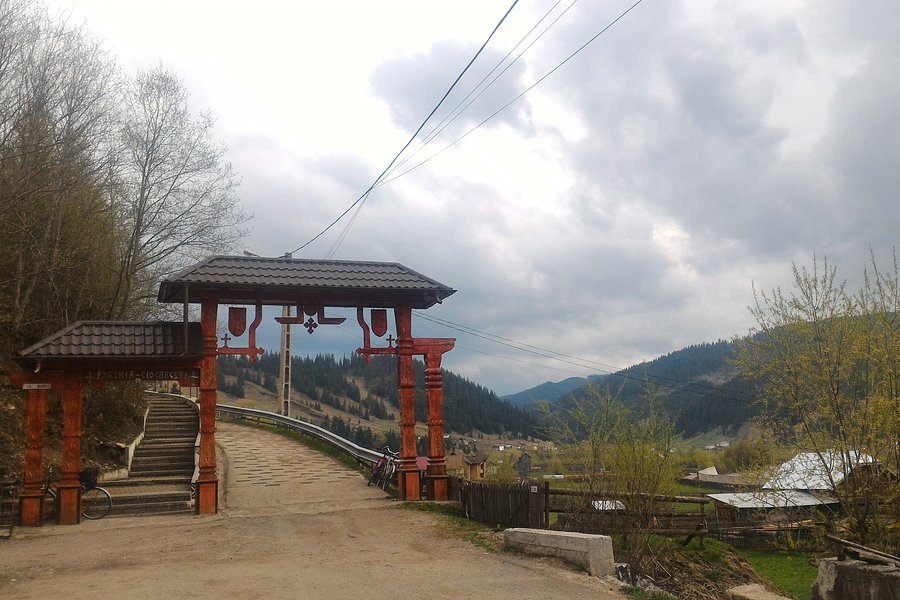
Lovely decorated houses
A visit to this village is very worthwhile for the unusual decorated facades on many Hutul houses which we didn’t see anywhere else on our road trip around Romania. It is just a matter of getting out of your car and having a wander through the village. A short drive further north you arrive at Botos which at the far end of this village has a marvellous wooden church built in the Ukrainian style. Although the interior is not accessible it is possible to walk all the way round. This is a very quiet and remote part of the country which gives a good flavour of rural life.
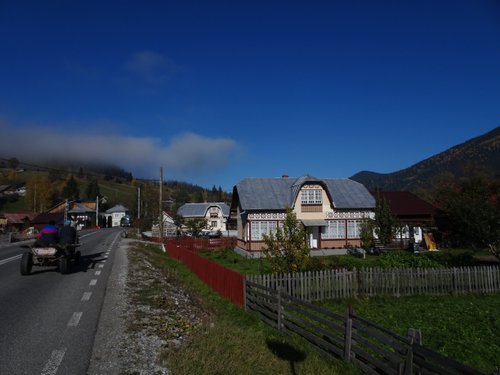

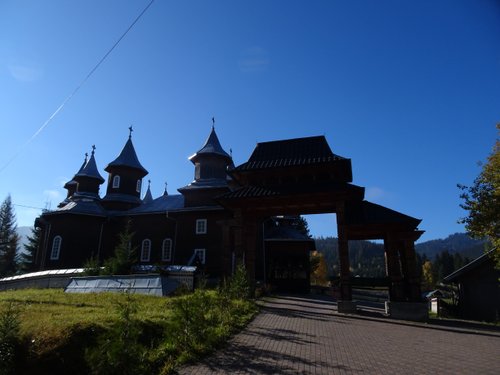
Address
, Suceava, Romania.
Current local date and time now
Thursday, May 09, 2024, 14:42
User Ratings
4.0 based on (8 reviews)
Excellent
24%
Good
63%
Satisfactory
13%
Poor
0%
Terrible
0%
Reviews
-
4Tiberiu_Baranyi 5:00 PM Aug 27, 2021
A unique village definitely worth checking out.
Ciocanesti - between 1400-1500 the main foundries of Bucavina that were supplying the "steel" for the "Stefan cel Mare " - when I say steel read swords, spears and weapons' in general - so that the great Moldavian king could wage war. Today Ciocanesti is one of the tourist attractions of Bucovina, situated a few km away from Vatra Dornei on the shores of the Bistrita river in picturesque scenery, the village is known for its house , all of those bear decoration - and I mean all, by local decree of the village administration all houses have to be decorate as such - inspired by the local way of decorating "Eastern eggs" and indeed all the house have this specific decoration. It is a "monument village" in its entirety and definitely worth visiting in any season of the year. And while you are there you can check out the local eastern egg museum or the ethnographic museum in the village , or just simply stroll amongst the beautiful houses of the village. A true hidden gem , off the beaten path , but nonetheless unique with much potential , when you are in the area is definite must form my perspective. PS: one could wonder why not the perfect score - well this comes not from the location itself but form the fact that is not that well known, the infrastructure that needs more development and from the fact that its touristic potential is "under used".
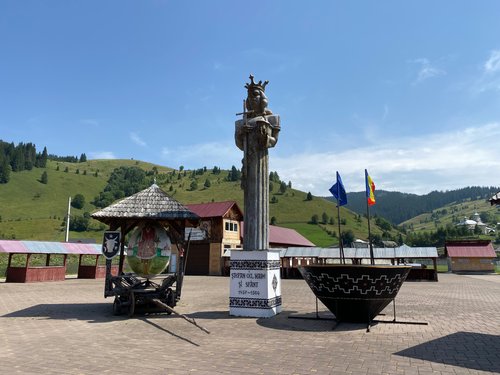
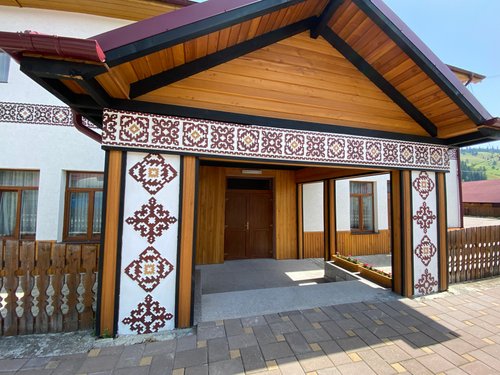
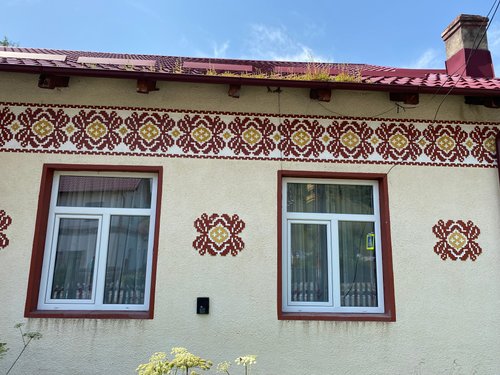
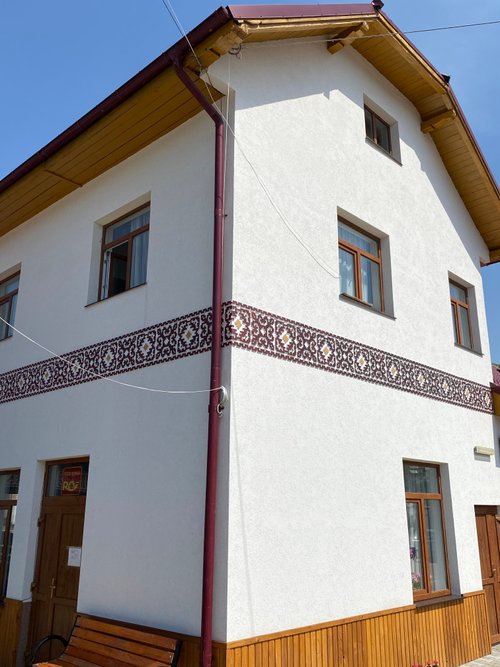
-
5Ana V 5:00 PM Aug 23, 2016
Ciocanesti
As one starts on the road from Campulung or from Vatra Dornei towards Maramures on the other side of the Eastern Carpathians, the route takes you in both cases through the village of Ciocanesti. It is a village of about 600 houses, all together forming a genuine outdoor museum. The walls of each of them wears traditional motifs of the kind that we find on painted eggs in an array of shapes and colors behind which lies a relatively recent tradition whose story we are about to tell in what follows. The name of Ciocanesti comes from the main activity of the inhabitants for centuries on end, which is to beat (hammer) iron. As a matter of fact, many localities carry in their name such clues to ancient occupations of their inhabitants (eg. Baclesti – wood carving, village carpenters). But Ciocanesti would have been only a stopover on the route of those continuing their journey to the country of Maramures if, in the 50’s of last century, a housewife hadn’t had an artistic vision that was to kick-start an aesthetic transformation of the village that continues today. It all started with the clever idea of Leontina Taran, a housewife from the village Ciocanest. Willing to adorn her house, she considered removing some models from her traditional clothes and applying them on the walls by help of the villager painter by the name of Dumitru Tomoioaga. That happened in 1950, and soon Leontina’s house was declared a museum drawing a lot of attention. Other villagers, seeing the success Leontina Taran enjoyed, were quick in mimicking her and they too began to decorate their homes similarly. In time, the local authorities would coordinate all these artworks, financing all the paintings. Locals say that though every popular motif displayed on their homes reflect their personality. The houses thus resemble traditional Romanian embroidered peasant blouses, embellished with motifs drawn mostly in red, green, black and yellow. Even the church in the village has its exterior walls decorated with floral motifs. The village has become a pearl of the region of Bukovina, well placed in string of beauties which attract thousands of tourists every season. The houses are also painted in the interior and the walls are decorated with leather vests, floral skirts and shirts, all of extraordinary beauty painstakingly made and worn by several generations. The village also hosts a Easter’s painted eggs museum, another traditional craft characteristic to the area. We will let the pictures below speak for themselves about this splendid outdoor museum.